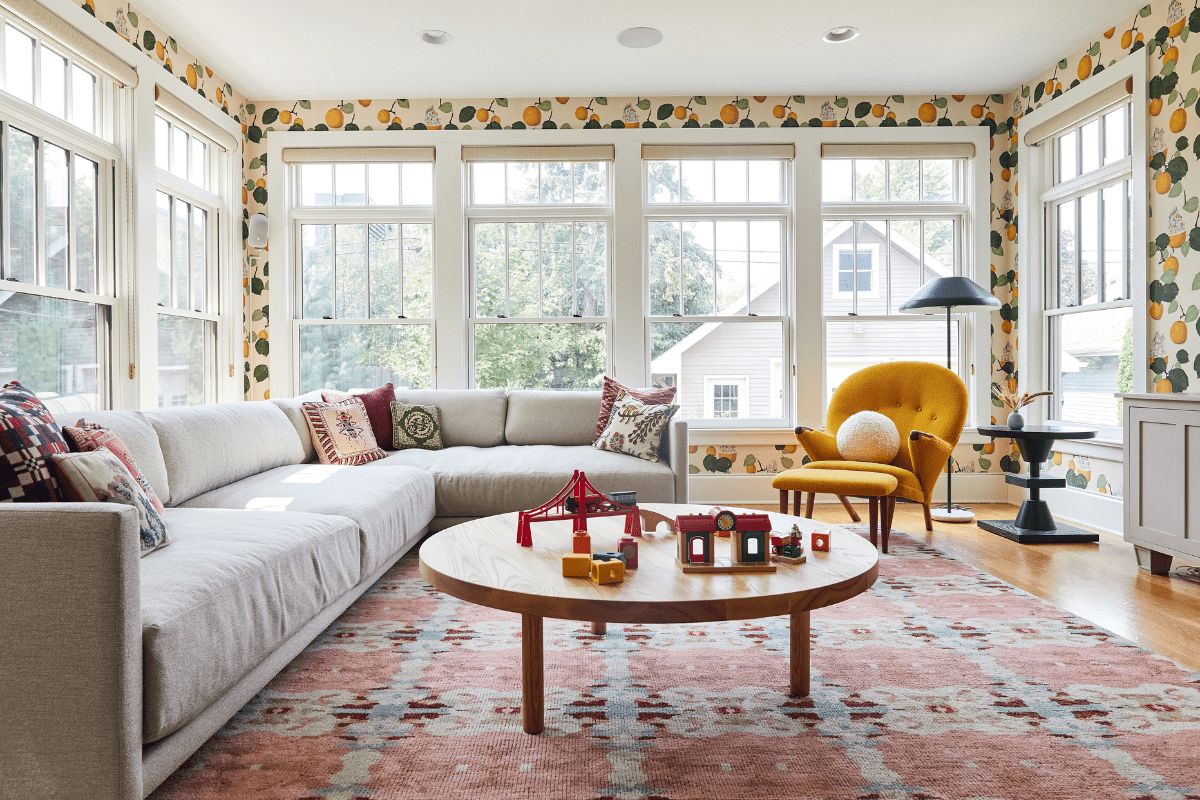Love is complicated. While that might be the understatement of the century, I’d like to uncomplicate the love we have for our belongings and explore how we can develop stronger, more fulfilling relationships with the objects in our lives. Our day-to-day lives are spent alongside items like can openers, blankets, ceiling lights and dining chairs, which got me thinking: How can we become more thoughtful toward the things we surround ourselves with in order to enrich our experience of living? Allow me to propose 5 ways you can ease into a deeper relationship with your objects.
Make it an experience.
Treat acquisition as part of the journey. Lasting pleasure is more likely to come in the memory of an experience than from an object itself, so perhaps forgo the contactless purchase in favor of an in-person visit to a local boutique. Most of the shopkeepers I know would love to tell you the origin story of the item you’re interested in buying. Or, might I suggest messaging that artist you’ve been eyeing and asking for a studio visit. Most craftspeople appreciate personal engagement, and to know the maker is to better understand the soul of the object.
Be a caregiver.
Relationships are give and take. From experiences with kids, old cars, pets and plants, we know that caregiving can heighten the reward of the relationship. Don’t shy away from that antique piece that requires some TLC. Instead, enjoy the opportunity to meet the talented repair people in your area or learn a new skill yourself (chair caning classes, anyone?). And don’t let a clock that needs winding, a piece of silver that needs polishing or a chair that needs daily fluffing become a deal breaker. Those little rituals might just satisfy the need for connection you’re craving with your home, which, in turn, can develop into a long-term appreciation and affection for the items around you.
Follow your heart.
Just like love, you have to be vulnerable and know yourself to find your soulmate. Take a leap on something that speaks to you (and maybe only you). Notice yourself being drawn to Staffordshire dogs, furniture by the Memphis Group or hand-carved candles again and again? Embrace it. Fill your life with books on those subjects and learn everything there is to know about the history of your niche attraction. Don’t ask for other people’s opinions and don’t worry if it “goes” with your current decor. Letting your unique passions shine might just be the springboard for a shift toward a more meaningful way of living.
Allow yourself to be challenged.
There’s beauty in your difficult space. On any given day, you might hear me exclaim, “I can’t tell if it’s the worst thing I’ve ever seen or the best thing I’ve ever seen” when I come across a particularly exciting design detail. That dichotomous place is where the magic happens. So often we want our homes to “serve” us and respond to our every wish and desire, but that can lead to a hollow, one-sided relationship. Try to occasionally opt for the impractical; enjoy the odd pleasure that an ugly pillow brings you or have a thousand little conversations with an awkward lamp until you realize you can’t live without it. Open your mind and heart to the idiosyncrasies of a challenging space or item, and you might be surprised how it encourages you to see the world in new ways.
Embrace surprise.
Practice a design trust fall. There’s peace of mind in the so-called sure bet, but magic is in the unknown. Ask for something in a custom color and enjoy the complicated range of emotions you get to experience when it arrives in your world. Commission a piece of art and allow the artist to delight you with their creative vision. Make color, pattern and stylistic combinations you’ve never seen just to bring something new into the world. The key to timeless and trendless design is to get outside the algorithm. Savor the pleasure of discovery, step off the beaten path and embrace an unexpected outcome.
These suggestions should not be seen as a checklist, but instead topics to spark internal conversation. They’re an invitation to shift your expectations of ownership and how we live with the stuff in our most intimate spaces, and open up an appreciation for the complicated relationship between human and object. Does it take a bit of work? Sure. Is it a lifestyle for everyone? Nope. But I can tell you from personal experience that the rewards of investing emotionally in the physical items around you are surprising and real. The rest of the journey is personal and unique to you.
Victoria Sass is the owner and principal of the award-winning Minneapolis interior design firm Prospect Refuge Studio.





